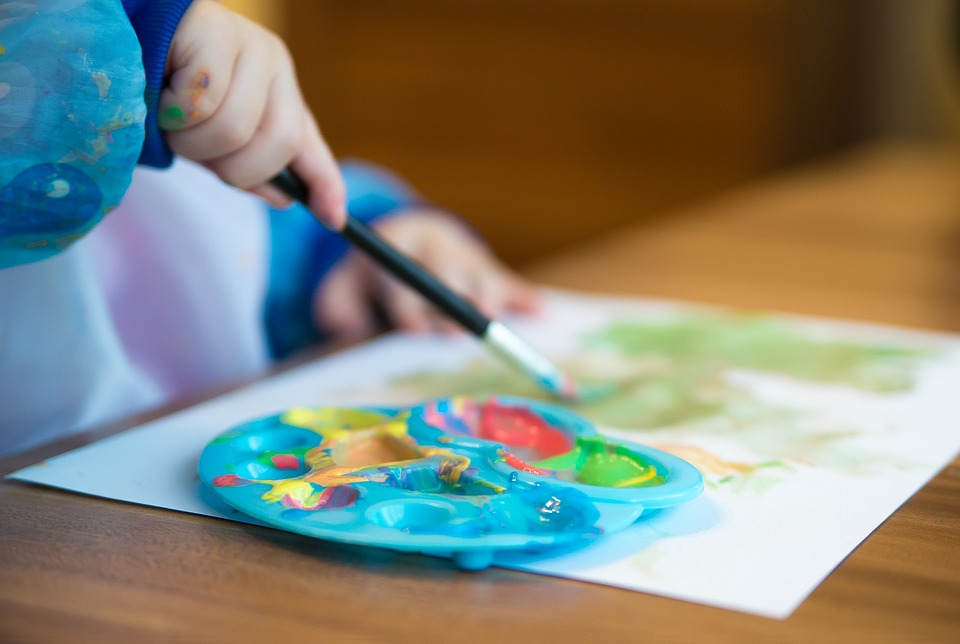
Child care center building design is more important than one may think. On the surface, daycare spaces don’t seem overly complicated to understand or create. All it needs is vibrant colours, small furniture, and toys, right? Well, yes and no. When given the proper design and structure, child play spaces – both indoor and outdoor – are highly effective. Daycare space design decisions are not typically made swiftly. Plenty of consideration goes into the layout, safety, acoustics, visuals, and educational capability.
Floor plan for a child care center building
First and foremost, you need to pick a solid floor plan that will allow staff, children, and families to thrive. Much like dental office floor plans, you want a layout that the staff and clientele can both benefit from. However, before you settle on the floor plan you want to use for your business, you need to take the following into consideration:
- The total number of children under your care
- The number of people who regularly come into your establishment
- Space for the staff
- Total number of offices and classrooms
- Entry and reception areas that are safe and accessible
- Enough room to allow indoor activities
- Kitchen and food preparation
- Space for storage
Need a Quality & Tested Design-Build Service?
Click here to see BUILD IT’s Design-Build Construction Services
After understanding the space requirements of your center, you can start designing a floor plan. One that will satisfy your needs and support your childcare business goals.
According to various studies, having 45-55 square feet of activity space for each child is ideal. Furthermore, most experts concur that a minimum of 50 square foot child is preferable. With that said, it would be wise to learn about the costs of construction per square foot.
Age-appropriate elements
Different day-cares generally meet the needs of different age groups. A common misconception is that these establishments are meant for young toddlers or preschoolers. However, daycare centers also provide services for elementary school kids. For this reason, the rooms that the children are staying in should be suitable for their age.
For instance, a child care center space tailor-made for babies and toddlers may have brain-stimulating surroundings to encourage sensory development. Moreover, it promotes pattern recognition and safe mobility on a level surface. Objects that older kids use such as ropes and scissors should not be present in an area for babies.
Preschool spaces should have kiddie tables and chairs available for drawing and painting. Additionally, it would be a good idea to include a comfy spot for reading and other quiet activities. Some kids ages 4 and 5 may still require naps, so a full-day childcare program should also provide quiet rest areas. Finally, bathroom facilities may contain certain alterations or enhancements including lower-level sinks, stools, and of course, toilets.
Creating a safe environment
You can make your daycare a safe environment for kids with the following strategies:
- Incorporating doors, gates, and other barriers to keep strangers out and contain the kids in a practical manner.
- Building safety into the classroom environment with easy-to-reach toys, soft mats, shelves securely attached to the walls, and stair handrails. The facility’s construction should also consider safety regarding materials. This includes preparing for potential window breakages, asbestos removal, and earthquake damage proofing.
- Storing various items in an organized manner. Examples include cubbies for shoes and jackets, designated toy bins, and a separate area for food and sleeping.
- Using toys and furniture that are, house cleaning products in a restricted area, and carrying out systematic cleaning routines.
- Using equipment that is appropriate for the classroom’s main age group. This can involve avoiding spongy toys that toddlers could chew off or swallow. Additionally, using conventional baby/kid-proofing products and screening materials that kids might bring from home.
Remember playtime
Playing will significantly help a child’s development. Therefore, a daycare space should be both educational and playful. To support this union, educational spaces need to have:
- An adequate amount of toys and tools for children to interact with without any tension.
- Motor skill development equipment, such as opportunities to climb and be artful.
- Learning materials that promote a wide range of areas pertaining to intelligence. This includes art, reading, music, math, and more.
- Easy access to the outdoors and nature to get fresh air and exercise.
- Opportunities to practice and learn more social skills with peers, while at the same time balancing the desire for independence.
The importance of good child care center building design
Children require age-appropriate physical environments that encourage play initiated and directed by a child. As such, the development of a child care center building design requires a sizable amount of thought and consideration. Not just for the necessities, but also for what’s good for the kids.
See Our Daycare Construction Turnkey Service & Projects
Daycare Construction Service / List of Commercial & Industrial Construction Projects
To get a quote for your daycare center design project or if you want to learn how much creating a child care center will cost, contact us here BUILD IT’s contact info.